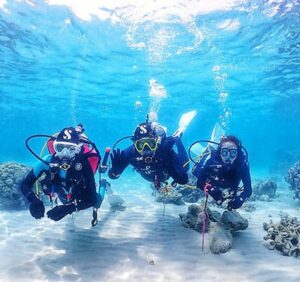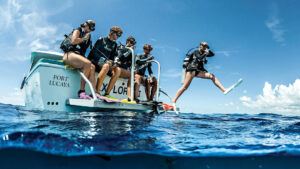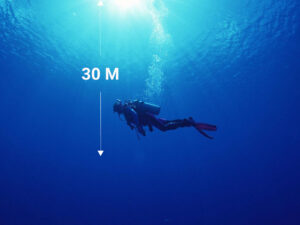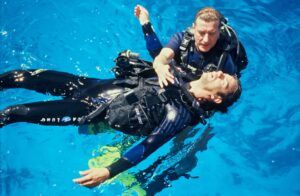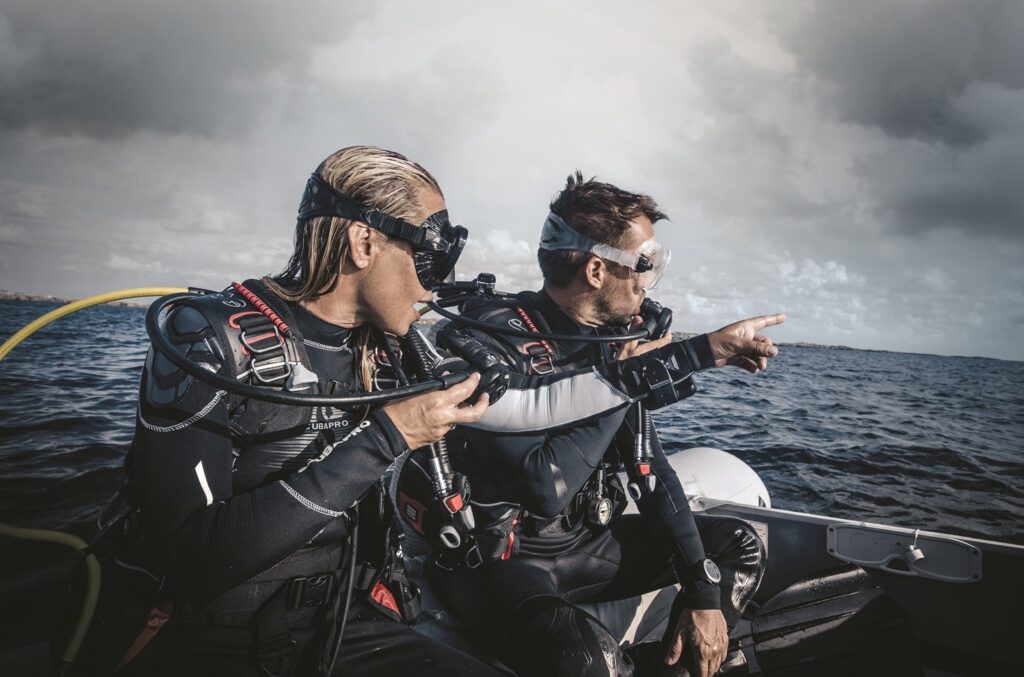Uncategorized
Scuba Diving Mask Models
First time I entered scuba diving shop, I saw a big and collection and huge variation of diving masks. There were several models, frames, glasses and sizes that confused me what is the suitable mask for me and base on what I have to choose.
In this article I am writing about types, differences models and famous mask brands.
you are welcome to share and ask in comment section so we can learn from your knowledge as wel.
Diving Mask types
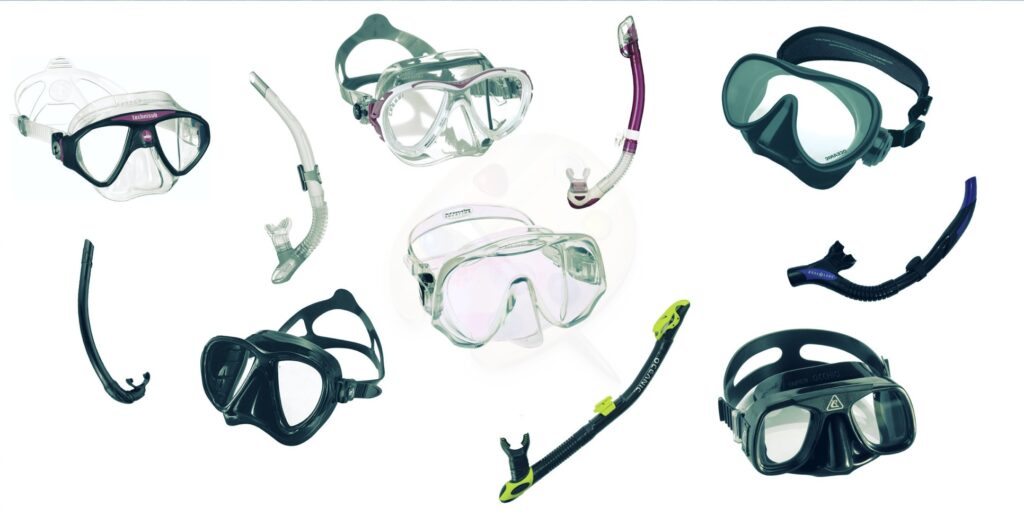
1 Single Lens Masks
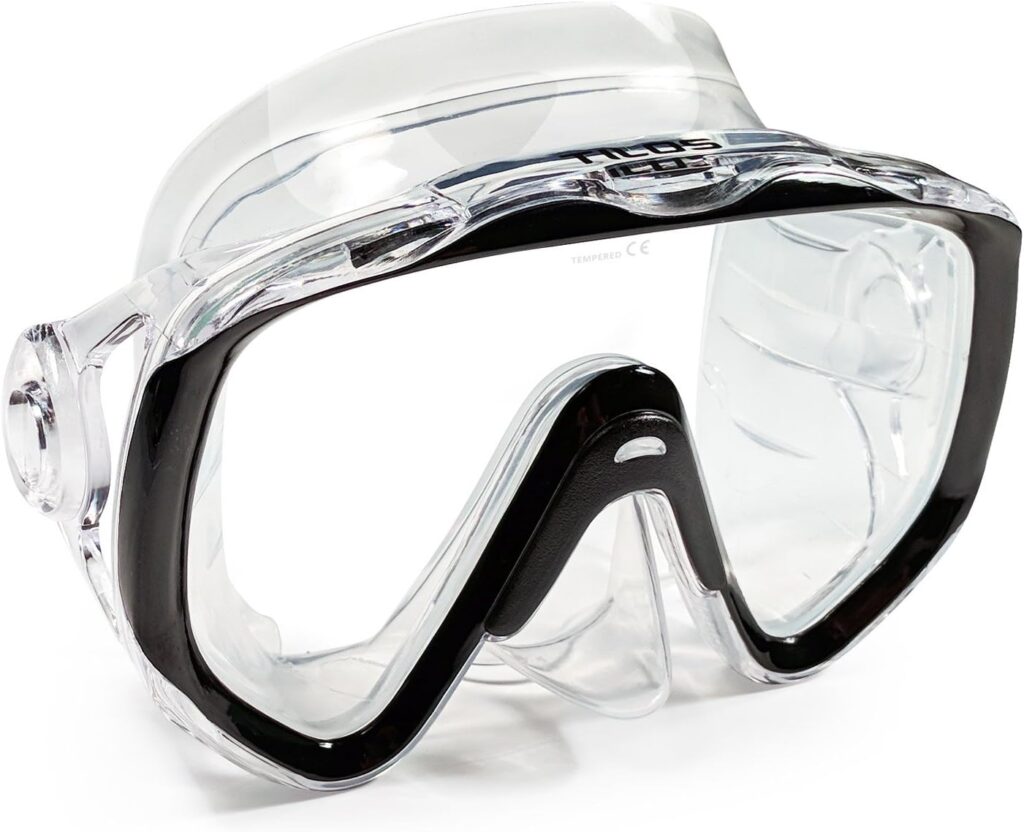
Without a separator, a whole glass lens joins the mask’s left and right sides.
Due to its wide field of vision, masks with a single big lens are the go-to option for divers looking for a more open and expansive underwater view. This design makes it possible to see the surroundings unhindered, which improves the whole diving experience. These masks are popular among divers who value having a broad field of vision because of the panoramic and immersive perspective they offer. The lack of a nasal bridge between the lenses adds to the impression of space, and the design is especially well-liked since it provides a thorough sightline, which facilitates the observation of marine life and the navigation of the underwater environment by divers.
2 Dual Lens Masks
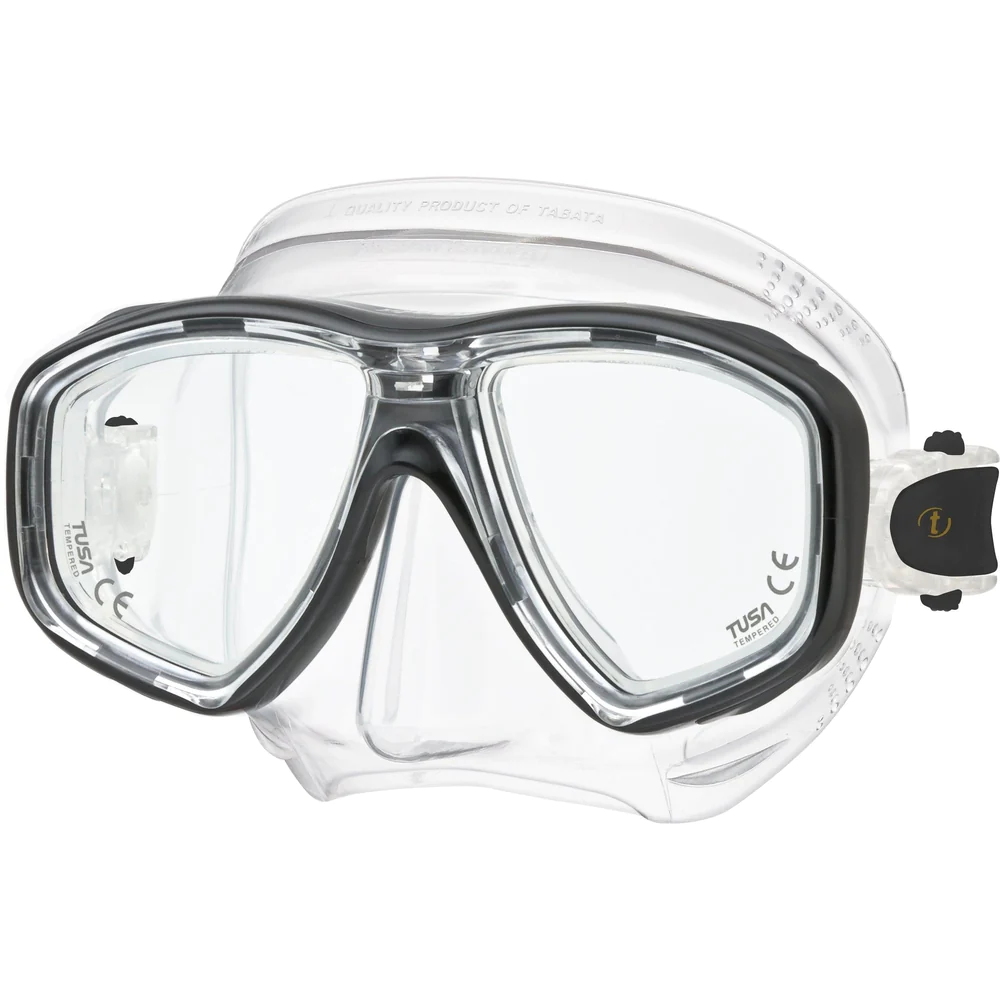
Two different lenses are used to create dual lens masks, which are often divided by a nose bridge. In addition to its distinct beauty, divers can take advantage of this layout’s utilitarian benefits. In comparison to masks with a single lens, the nasal bridge might aid in lowering the profile. Divers who like a mask that fits comfortably and snugly are likely to find dual lens options interesting. The space between the lenses allows for a more secure fit around the nose, increasing comfort and lowering the possibility of leaks. This design choice might be useful for divers searching for a straightforward, secure mask that stays in place while they explore underwater. When all is said and done, dual lens masks make sense for divers who value utility and a personalized fit in their diving equipment.
3 Free Dive / Low Volume Masks
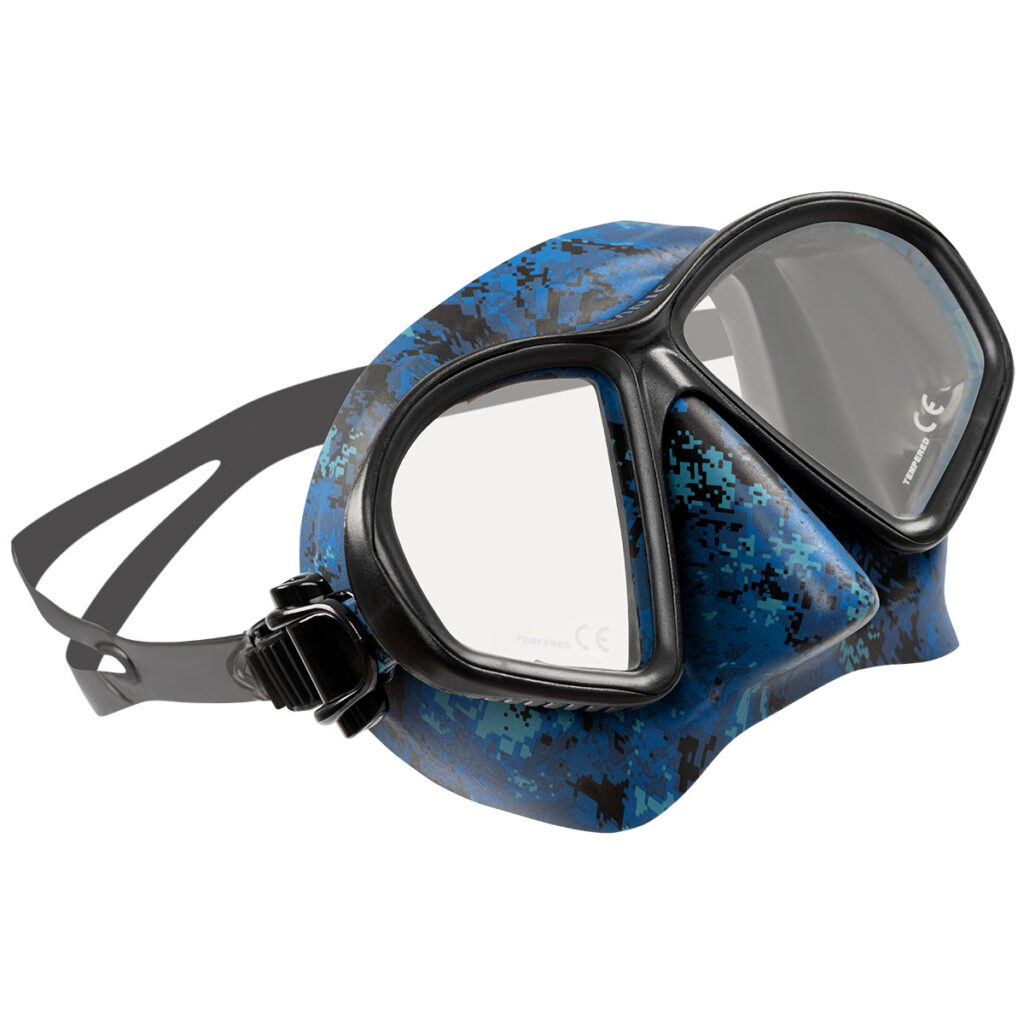
Because of the way they are made, low-volume masks have a smaller air pocket between the diver’s face and the lens. This special feature reduces buoyancy problems and makes it easier to remove the mask and snorkel from the water, which is a useful feature. Because there is less air space, equalizing pressure requires less effort, which makes it easier for divers to remove their masks during descents and ascents. Freedivers and spearfishers, who frequently need to simplify their equipment for increased efficiency underwater, may find this design very helpful. The lower air volume is especially useful for freedivers, who can hold their breath longer and descend to deeper depths. As a result, low-volume masks are becoming more and more common in these niche diving groups where buoyancy interference is limited and precise control is crucial to the experience.
4 Full Face Mask
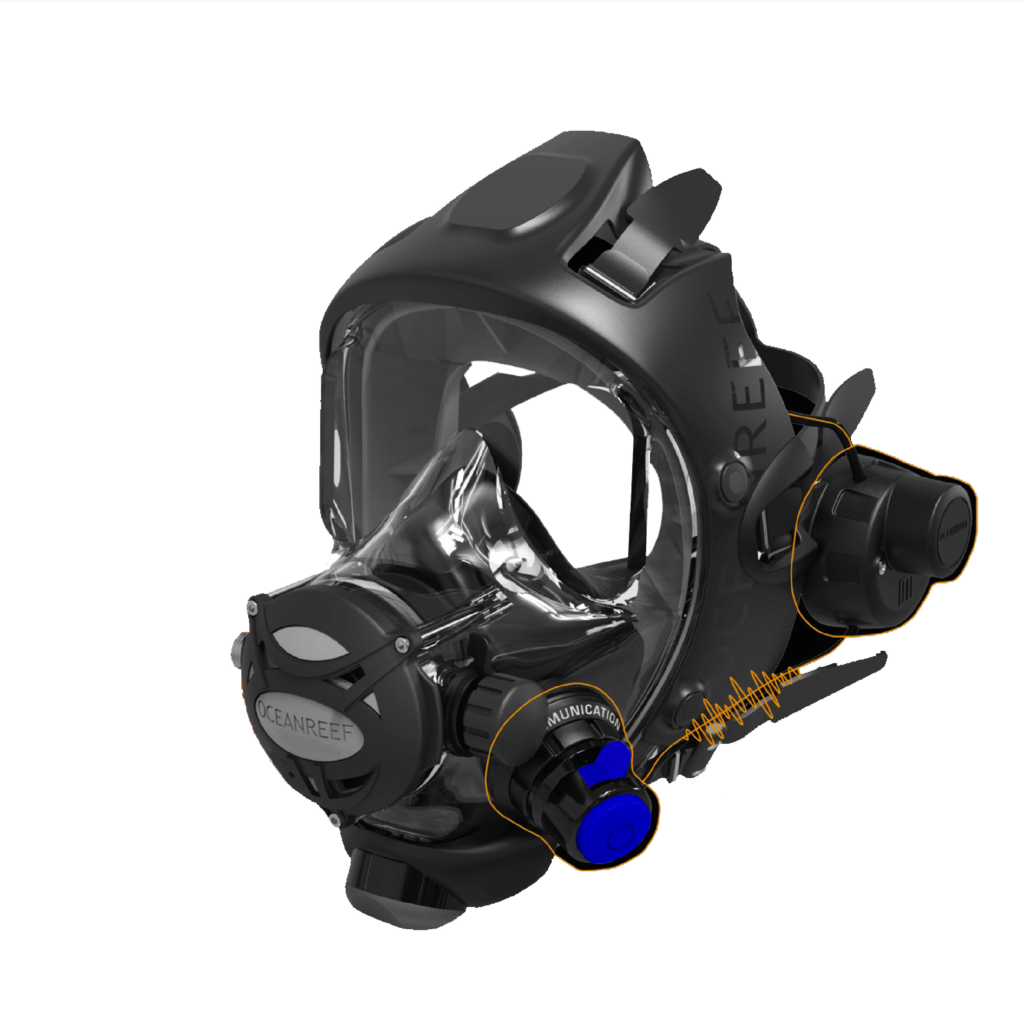
5 Prescription Lens Masks
With a built-in breathing apparatus, full face masks, which cover the complete face, allow divers to breathe comfortably through their lips and nose. In addition to providing respiratory support, these masks have an integrated communication system that allows divers to effectively communicate underwater. Full face masks are a practical and versatile option for wide range of diving applications, from leisure dives to professional underwater operations, due to its dual purpose of facilitating breathing and communicating.
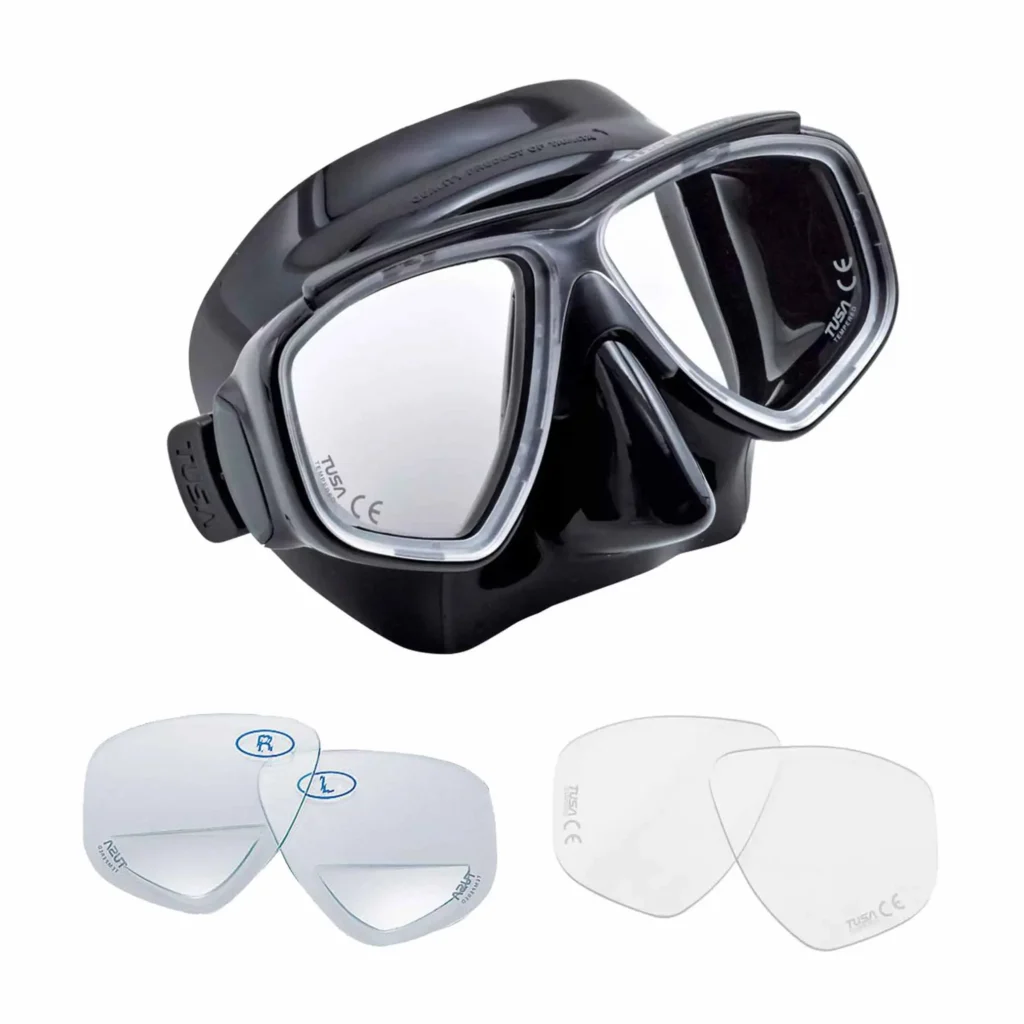
Divers who need corrective lenses have their special visual needs met by masks that include prescription lenses or the possibility to add custom prescriptions. By guaranteeing that those with visual impairments can see clearly and sharply underwater, these specialty masks improve diving safety and enjoyment. These masks, which come either pre-equipped or customisable, offer divers who wear prescription eyeglasses a practical alternative that improves their clarity and visual acuity while exploring the underwater environment.

